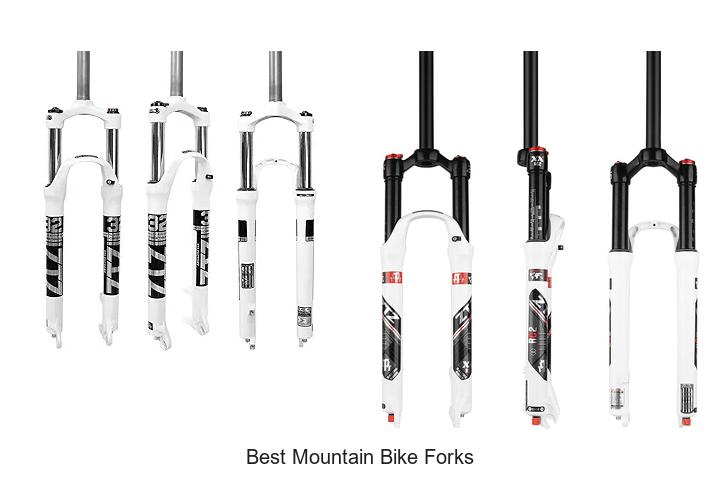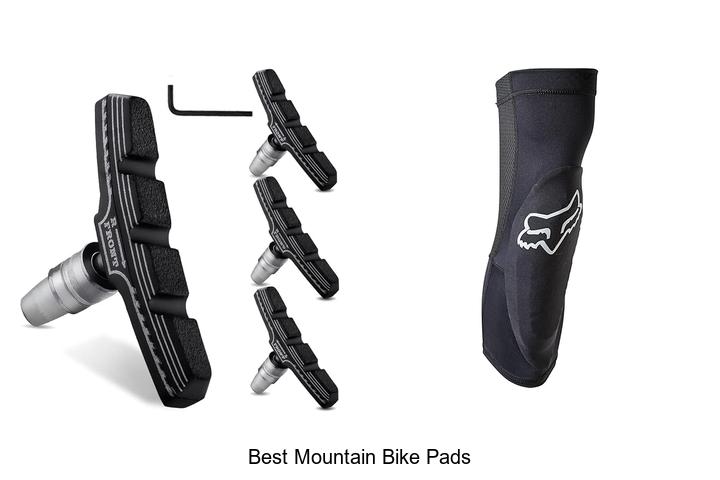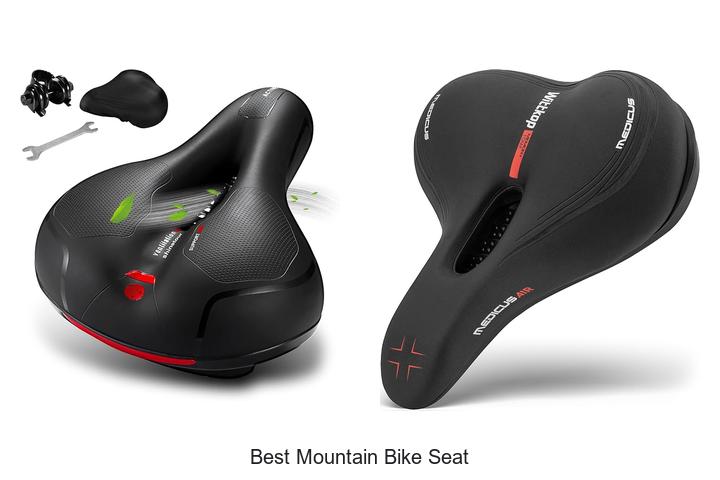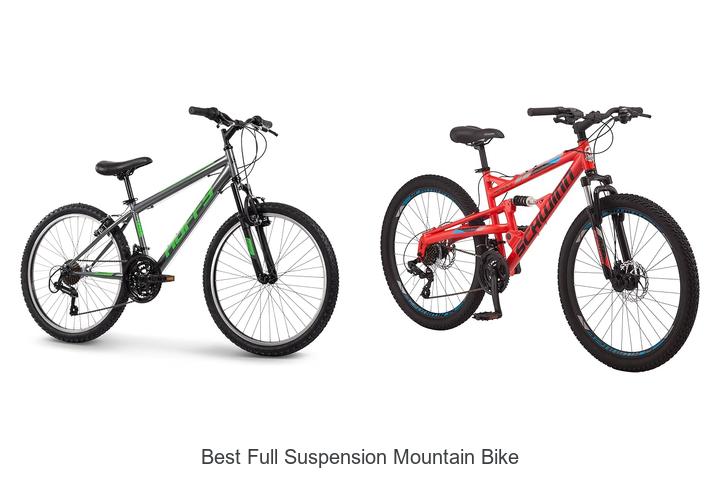How to Choose a Mountain Bike: A Complete Beginner’s Guide
Key Takeaways
- Choosing the right mountain bike depends on matching the bike type (cross country, trail, enduro, downhill) to your riding style and terrain preferences.
- Key components to consider include frame material and size, suspension type and travel, wheel size and tires, as well as brakes and gearing.
- Assess your riding style—casual, competitive, or aggressive—and the typical trail conditions to select appropriate bike features and geometry.
- Set a budget that balances essential features like hydraulic brakes and suspension with optional upgrades based on your needs and skill level.
- Test riding multiple bikes on terrain similar to your usual routes and ensuring a proper fit are critical steps for comfort, control, and safety.
- Prioritize bike fit adjustments such as frame size, handlebar reach, and seat position to maximize performance and reduce injury risk on the trail.
Choosing the right mountain bike can transform your outdoor adventures and boost your confidence on every trail. With so many options available it’s easy to feel overwhelmed. But knowing what to look for makes the decision simpler and more enjoyable.
Whether you’re hitting rugged terrains or smooth paths your bike should match your riding style and goals. From frame materials to suspension types understanding these basics helps you find a bike that fits your needs and budget. Get ready to explore how to pick the perfect mountain bike that keeps you comfortable and ready for any challenge.
Understanding Different Types of Mountain Bikes
You can choose from several mountain bike types, each designed for specific terrain and riding styles. Knowing these types helps you match a bike with your goals and trail preferences.
Cross Country Bikes
Cross country bikes prioritize speed and efficiency on smooth to moderately rough trails. You’ll find lightweight frames and minimal suspension travel, typically 80-100mm, which improves pedaling power. These bikes often use 29-inch wheels for better rollover ability on roots and rocks. Choose cross country bikes if your rides focus on climbing and covering long distances quickly.
Trail Bikes
Trail bikes offer a balance between climbing capability and descending stability. Expect medium suspension travel around 120-140mm, allowing better absorption of rough terrain while maintaining agility. These bikes suit versatile riders who encounter varied trail conditions and prefer a responsive ride without sacrificing comfort.
All-Mountain and Enduro Bikes
All-mountain and enduro bikes build on trail bike features with increased suspension travel, usually 140-170mm, for tackling steeper and more technical descents. Their durable frames and robust components handle aggressive riding styles. Opt for these bikes if your trails demand a blend of climbing endurance and downhill performance.
Downhill Bikes
Downhill bikes focus fully on steep, rough descents. They incorporate heavy-duty frames and long suspension travel, often 180-200mm, to absorb large impacts and maintain control at high speeds. These bikes sacrifice climbing efficiency, making them ideal if you prioritize downhill challenges and usually transport your bike uphill via lift or shuttle.
Key Factors to Consider When Choosing a Mountain Bike
Choosing a mountain bike involves evaluating crucial components that affect performance and comfort. Focus on frame, suspension, wheels, brakes, and gearing to match your riding style and terrain.
Frame Material and Size
Select a frame material based on durability and weight. Aluminum frames offer a lightweight option with corrosion resistance, while steel frames provide strength and vibration absorption but add weight. Carbon fiber frames stay light and stiff but cost more.
Pick the correct frame size by your height and inseam measurements. A proper fit ensures control and reduces fatigue. Test the bike standing over the frame and sitting on the saddle to verify reach and comfort.
Suspension Type and Travel
Choose full suspension or hardtail depending on trail type and budget. Full suspension bikes feature both front and rear suspension for better control on technical descents and rough terrain. Hardtails have front suspension only, favoring efficiency on smoother trails and climbs.
Consider suspension travel, measured in millimeters. Cross country bikes have 80-120mm travel for efficiency. Trail bikes use 120-150mm for versatility. Enduro and downhill bikes employ 150-200mm to absorb larger impacts.
Wheel Size and Tires
Decide between 27.5-inch and 29-inch wheels based on maneuverability and rollover ability. Smaller wheels offer quicker handling and acceleration. Larger wheels improve momentum and obstacle clearance.
Match tire width and tread to terrain conditions. Narrow tires around 2.1 inches suit hard pack trails for speed. Wider tires above 2.3 inches provide traction in loose or muddy environments.
Brakes and Gearing
Opt for hydraulic disc brakes for consistent stopping power in wet and muddy conditions. Mechanical disc brakes serve as a cost-effective alternative with easier maintenance.
Select gearing ratios fitting your terrain and fitness level. Bikes with a wider gear range help tackle steep climbs and fast descents. Single-chainring setups simplify shifting and reduce weight, while double or triple chainrings offer more options for varied terrain.
Assessing Your Riding Style and Terrain
Identify your riding style and terrain to choose a mountain bike that performs optimally in your preferred environment. Matching your bike to these factors improves control, comfort, and enjoyment on every ride.
Casual Riding vs. Competitive Racing
Choose bikes with relaxed geometry and lighter suspension if you ride casually. These bikes favor comfort and ease over technical features. Opt for bikes with aggressive geometry, advanced suspension systems, and lightweight components if you compete in races. Racing bikes focus on speed, maneuverability, and efficient power transfer under demanding conditions.
Trail Types and Conditions
Match your bike’s features to the terrain you mostly encounter. Smooth, single-track trails call for cross-country bikes with minimal suspension and lightweight frames. Rocky or root-filled trails suit trail bikes with moderate suspension travel. Technical descents benefit from all-mountain or enduro bikes with longer travel suspension. Downhill tracks demand bikes with maximum suspension travel and robust frames for control and safety on steep, rough terrain.
Setting a Budget and Prioritizing Features
Choosing a mountain bike starts with setting a clear budget and identifying features that match your riding goals. This approach balances cost with performance, ensuring you invest in a bike that suits your needs.
Entry-Level vs. High-End Bikes
Entry-level mountain bikes offer reliable components and durable frames at affordable prices, ideal for beginners or casual riders. High-end bikes provide advanced suspension systems, lightweight materials like carbon fiber, and precision components, enhancing performance on technical trails. You gain better control and efficiency with high-end models but pay considerably more. If you ride frequently and demand top performance, consider a high-end bike. Otherwise, entry-level options deliver solid value and durability for most trails.
Essential vs. Optional Upgrades
Essential bike features directly impact safety and ride quality, such as hydraulic disc brakes, quality tires, and an appropriate suspension setup. Optional upgrades include dropper posts, tubeless tires, and electronic shifting, which improve comfort and convenience but aren’t necessary for all riders. Prioritize essential components first to ensure a safe and enjoyable ride. Add optional upgrades as your skills develop and your trail demands increase. This strategy prevents overspending while optimizing your bike’s performance for your current needs.
Test Riding and Fitting Your Mountain Bike
Test riding and fitting your mountain bike ensures it matches your body and riding style. This process impacts your comfort, control, and confidence on the trail.
How to Test Ride Effectively
Evaluate the bike’s handling on varied terrain during your test ride. Prioritize trails that resemble your typical routes to assess performance accurately. Check acceleration, braking, cornering, and stability at different speeds. Use both climbs and descents to test suspension and gearing efficiency. Pay attention to any discomfort or awkwardness in riding posture, as this indicates fit issues. Test multiple bikes under similar conditions to compare responsiveness and comfort directly.
Importance of Proper Bike Fit
Achieving a proper bike fit maximizes control and reduces fatigue or injury risks. Frame size must allow a slight bend in your knees when the pedals reach the lowest point. Ensure your reach to the handlebars feels natural without overextending your arms or compressing your torso. Seat height and angle influence pedaling efficiency and spinal alignment; small adjustments can improve power and reduce strain. Consider professional bike fitting services if needed, especially if you plan to ride long distances or technical trails regularly.
Conclusion
Choosing the right mountain bike sets the foundation for your best trail experiences. When you focus on what fits your riding style and terrain, you’ll enjoy every ride more and ride with greater confidence.
Remember that comfort and control come from a proper fit and thoughtful feature choices. Taking the time to test ride and adjust your bike ensures it feels like an extension of you on every trail.
With the right bike in your hands you’re ready to explore new paths, push your limits, and make the most of every mountain adventure.



